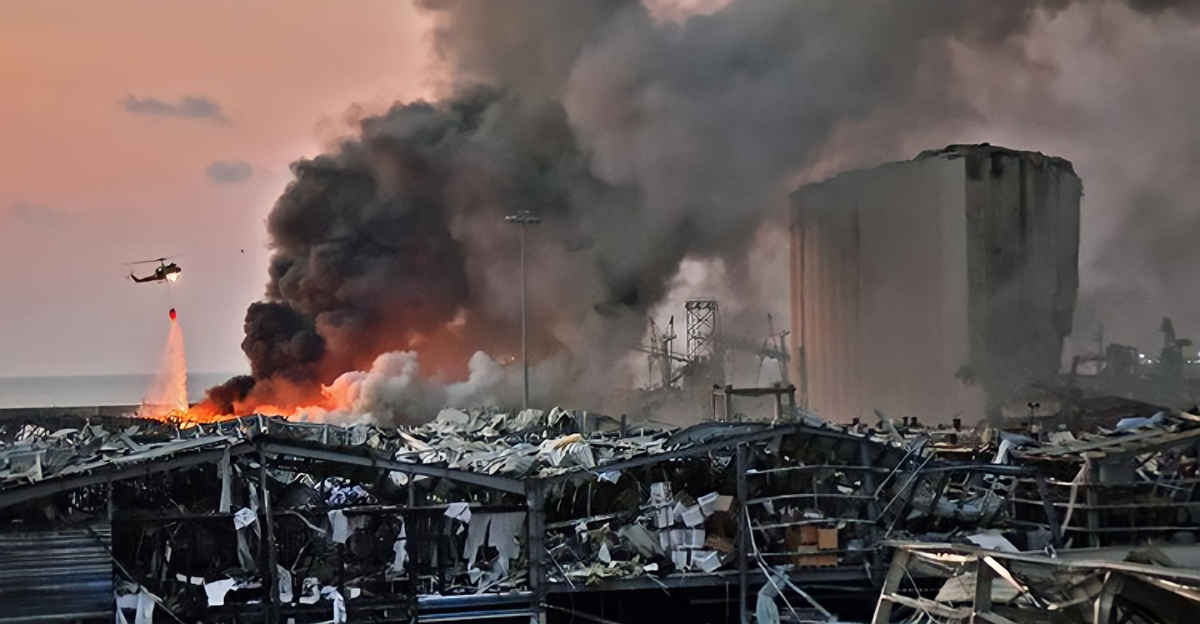
Deep in Mexico’s Sinaloa state, cartel-run drug labs are not just dangerous because they make massive amounts of illegal drugs; these places are packed with tens of thousands of kilos of chemicals, making them ticking time bombs.
Recent police raids found some labs holding 50,000 kilograms of compounds for making meth. You’ll find heavy-duty machines for pressing pills and hi-tech vents to disperse chemical fumes.
With so many flammable chemicals stored in one spot, an explosion could set off an extreme firestorm, potentially triggering a chain reaction that could destroy the entire area.
These labs are a bigger risk than just narcotics alone; they are like underground powder kegs hiding in remote parts of Mexico.
Engineering Marvels for Crime
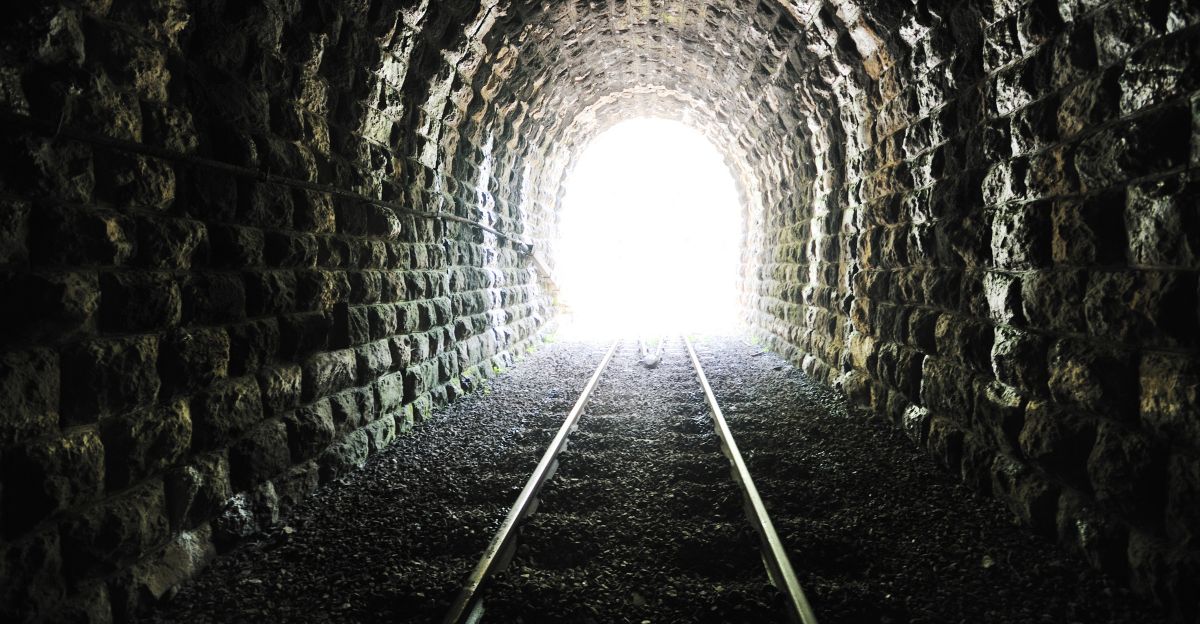
The most powerful Mexican cartels, especially the Sinaloa Cartel, have set up secret underground tunnel systems that stretch for miles—some over 4,000 feet long.
These aren’t just holes in the ground; they include train tracks, complete ventilation systems, electricity, and air conditioning. Some tunnels even connect Mexico directly to California.
These tunnels are designed to move drugs and chemicals without detection, but they also connect to underground rooms filled with sophisticated lab gear.
Engineers design them to operate huge labs below the earth, with workers in hazmat suits standing in toxic chemical clouds, perfect for a disaster if anything goes wrong.
Explosions deep underground could quickly travel through these tunnel networks, creating chaos over a considerable area.
What Are Thermobaric Weapons?
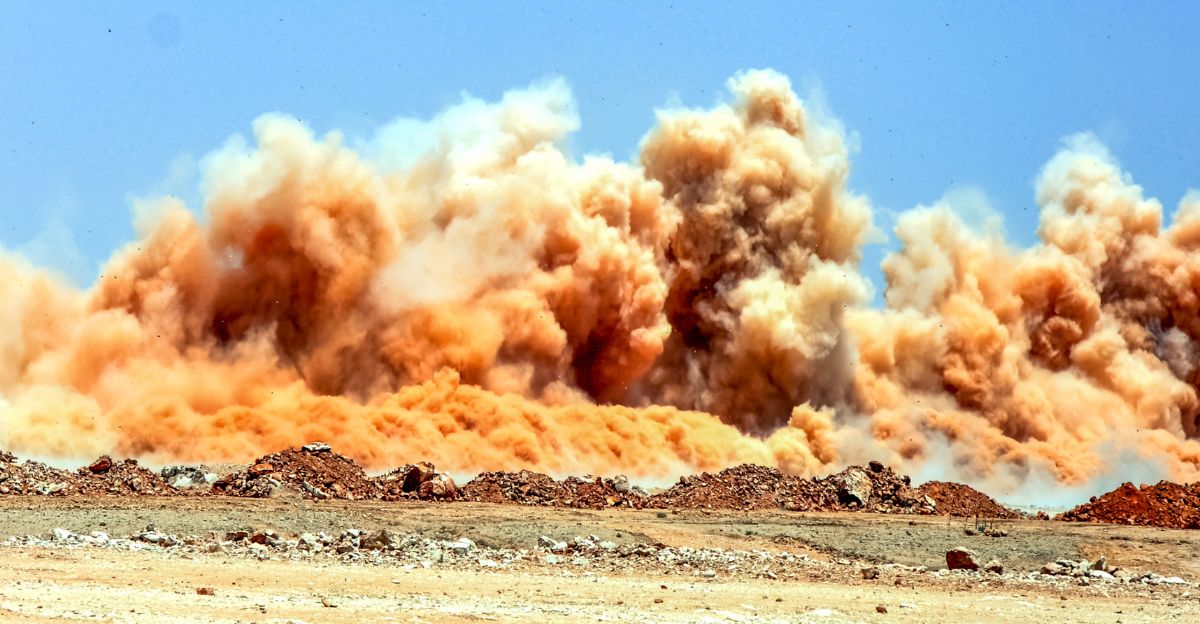
Thermobaric weapons, sometimes called “vacuum bombs,” are some of the most destructive non-nuclear bombs in the world. They work by first spreading a fine fuel mist into the air and igniting it.
The explosion is much hotter and longer-lasting than a regular bomb. When set off in a closed space, like a tunnel or underground lab, the blast wave reflects back and forth off the walls, multiplying the damage and creating a deadly vacuum effect.
These bombs eat up all the oxygen, crushing or burning anything nearby, and can cause buildings to collapse from the inside. If used on a cartel drug lab loaded with chemicals, they could set off a chain of explosions unlike anything ever seen in criminal history.
U.S. and Mexico at Diplomatic Odds
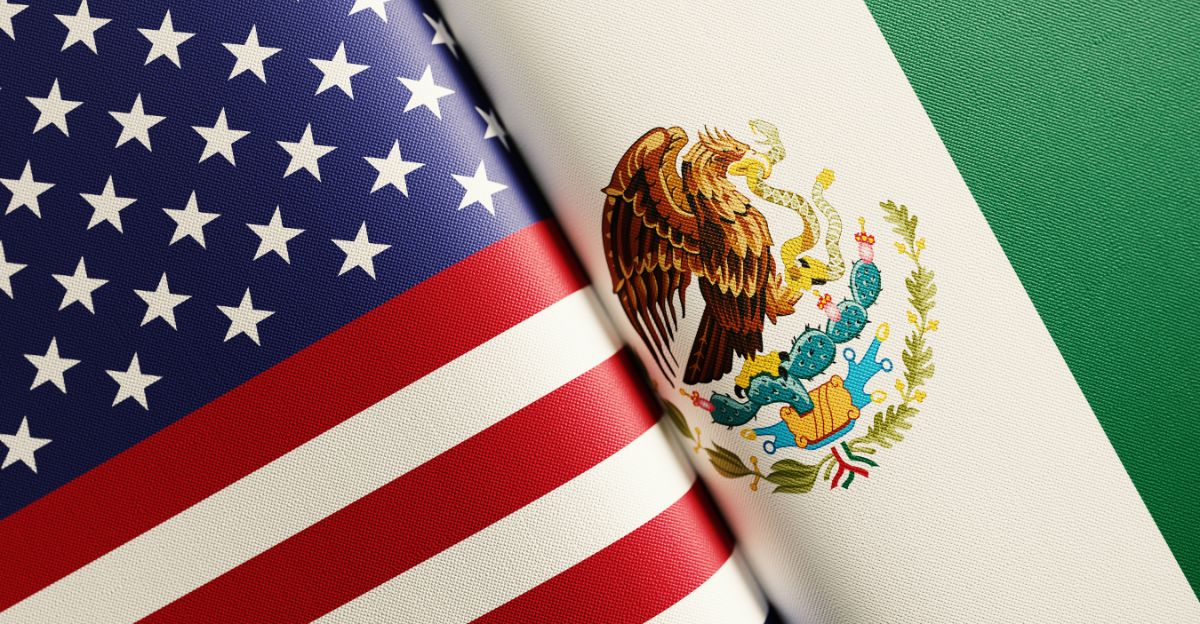
The Mexican government is firmly against the idea of the U.S. military taking any action inside Mexico, despite pressure from President Trump and U.S. officials.
“There will be no invasion,” the Mexican president declared, refusing all foreign military help, even as the U.S. considered classifying major cartels as terrorist organizations. The U.S. tried to push for joint action, but Mexico has clarified that its sovereignty is not for sale.
This disagreement has led to a standoff: while America wants to use military force against drug labs, Mexico says any missions on its soil are off-limits, creating a political deadlock.
Bombing Drug Labs

Videos on YouTube and social media have recently gone viral, showing dramatic, simulated scenarios of U.S. thermobaric bombs being dropped on cartel labs in Mexico.
These videos claim that such bombs could instantly vaporize massive amounts of chemicals and even underground structures, exposing how vulnerable even remote labs are to advanced weapons.
They suggest that such an attack would force cartels to rethink their entire drug-making operations.
Despite all the hype, such bombings have not happened, showing the difference between what’s technically possible and what has happened.
Real Human Toll of the Drug Trade

Drug overdoses kill about 100,000 Americans each year, with fentanyl responsible for killing more Americans than any other drug.
Most of this fentanyl is made in Mexican super labs, controlled by cartels like Sinaloa. These labs are so productive that just a handful can send enough drugs to supply the U.S. for a year.
The flood of drugs is overwhelming communities, destroying families, and pushing politicians to talk about extreme solutions, like military force, though Mexico remains deeply opposed to this.
Cartel Civil War Escalates Into Bloodshed
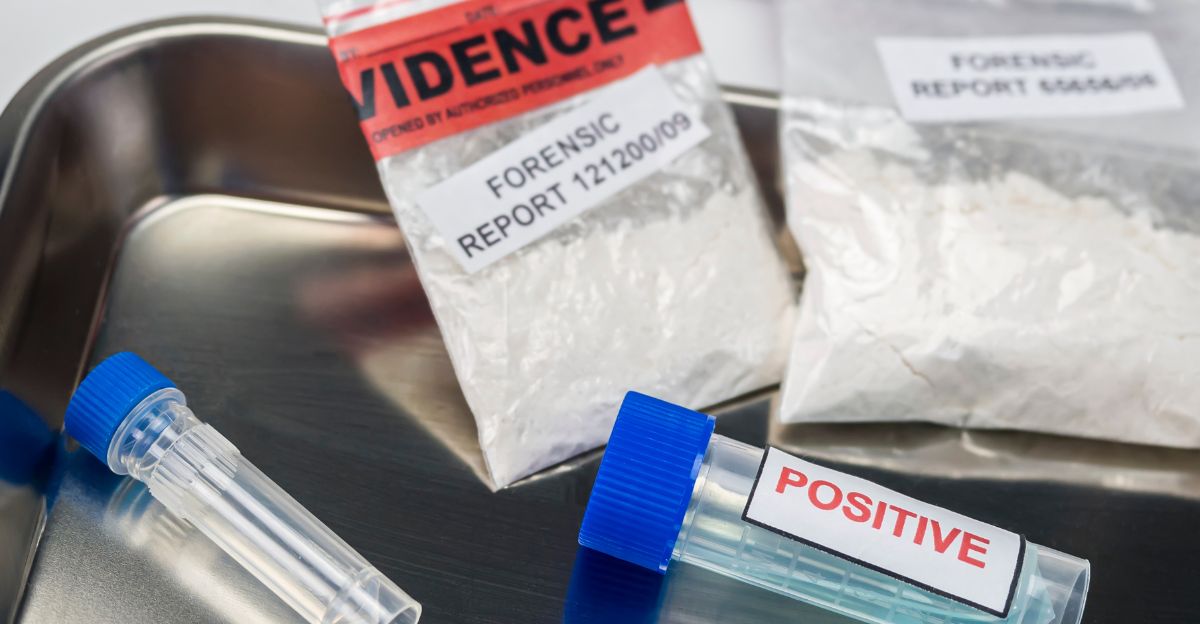
In Sinaloa, violence is rising as the once-mighty Sinaloa Cartel breaks apart into warring factions. Rival groups now fight for control over the lucrative drug labs and supply routes.
Mexican police and soldiers have seized thousands of kilos of meth this year and are trying to shut down the super labs, but every lab destroyed comes with new violence.
Fights between rival bosses could actually make cartel violence even worse, with smaller splinter groups spreading chaos over a wider area.
U.S. Military Efforts (And Their Limits)

The U.S. military, including the Marines and Navy, has recently ramped up anti-narcotics operations, mostly at sea.
Navy ships, spy planes, and submarines have stopped billions of dollars’ worth of drugs before they reach America.
However, physically removing drug labs on land is far more complex and would require a massive ground operation—something Mexico won’t allow.
Experts warn that ground invasions would be much more costly, dangerous, and legally questionable than any actions taken at sea.
What Happens to Human Life in Such Explosions?
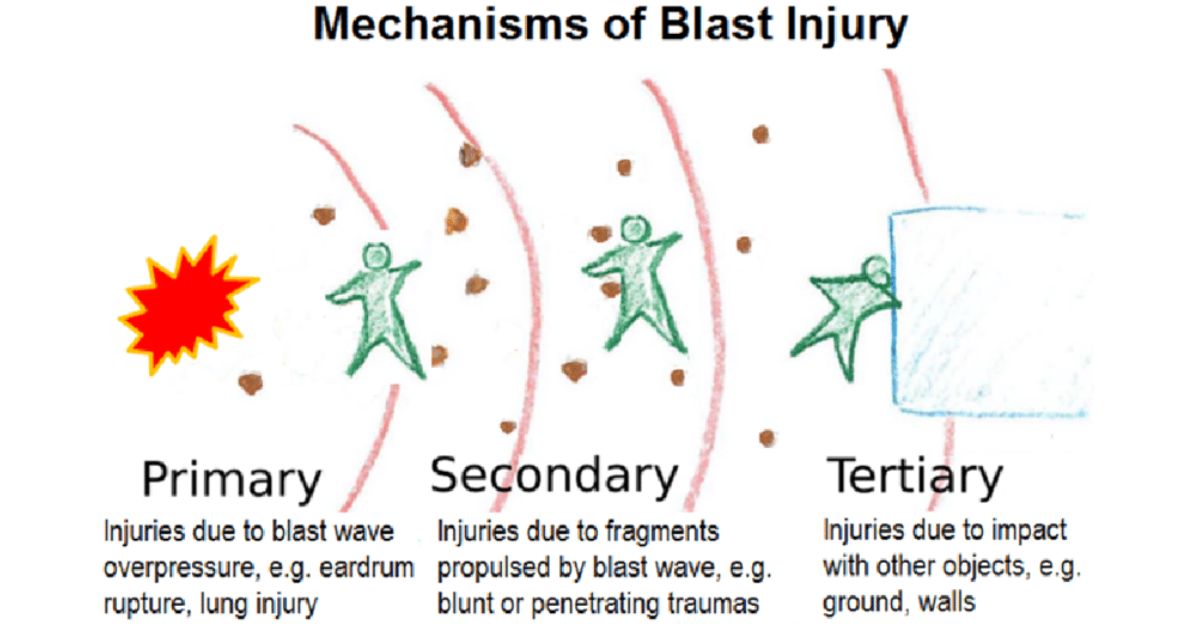
If a thermobaric bomb ever struck a drug lab, the explosion could be agonizing for anyone inside or near the blast.
These bombs don’t just burn—they cause the lungs to collapse, blood vessels to burst, and bodies to be crushed by rapidly changing pressures.
Medical experts say survival chances are slim, and injuries are unlike what is typically seen in other explosions.
Human rights groups are concerned that these weapons could cause massive suffering and cannot be used safely in an area with any civilians around.
Air and Sea Operations Without Warning

The current U.S. administration has already approved secret military strikes against suspected cartel drug boats in international waters, resulting in the deaths of drug runners near Venezuela.
These operations were ordered by President Trump as part of a new approach, blurring the line between traditional police work and warfare.
Critics call these “extrajudicial killings,” but government officials argue they are necessary to stop organized crime. These operations set a new precedent, and some wonder if similar tactics could spread to drug labs on land.
Legal Questions and New War Powers

Congress is now debating whether to formally give the president more power to order military strikes against cartels and suspected “narco-terrorists,” even inside other countries.
Some lawmakers and legal experts think recent strikes have already broken international law. Senator Adam Schiff and others in Congress are pushing back to ensure the military cannot be used without checks or oversight.
If the new rules pass, the president could have historic new powers to order attacks with minimal review.
Advanced Weapons and Espionage in the Skies
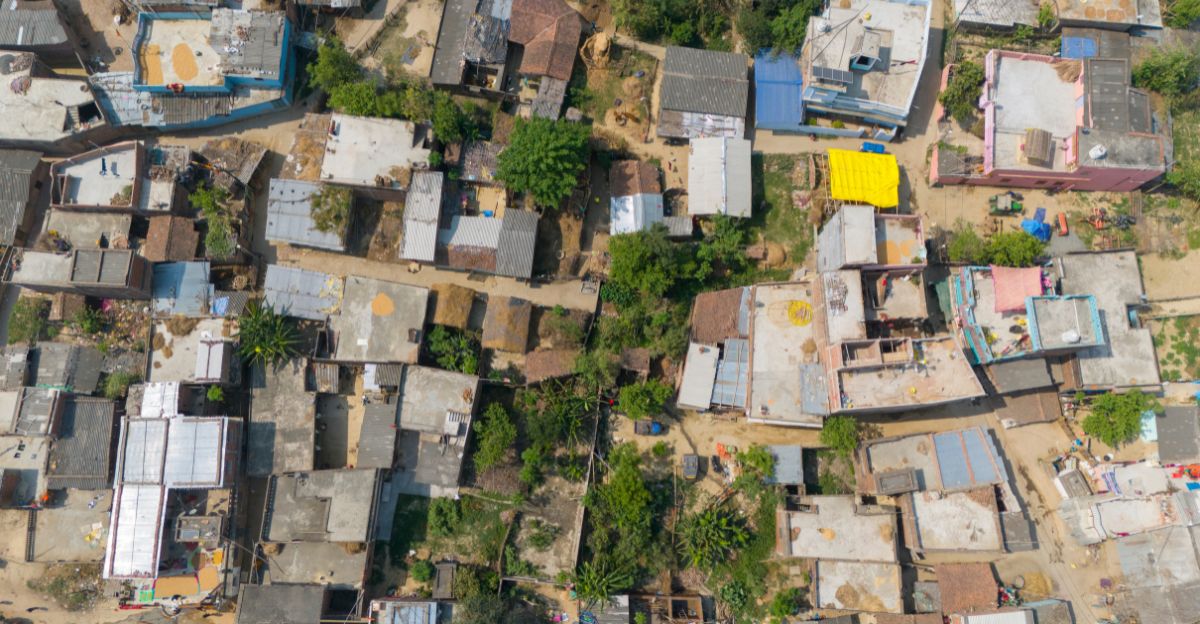
The U.S. has B-2 stealth bombers stationed in key locations, able to carry out invisible bombing missions with devastating non-nuclear weapons.
While the planes’ official mission is for Middle East crises, their technology would allow them to bomb drug labs anywhere in the world, including Mexico, without being detected.
Advanced U.S. drones watch cartel movements in real-time, providing detailed intelligence on where labs are built. Military planners have targeting data, but can’t act without political approval.
U.S. Combats Cartels With Sanctions, Too

While military action is debated, the U.S. government already tries to choke off cartel profits by freezing money, attacking the flow of critical chemicals, and sanctioning businesses that help traffickers.
Some cartel families, like the Zamudio Lerma brothers, run networks that provide key ingredients for drug labs and launder billions in profits.
Sanctions disrupt these networks, but as soon as authorities block one operation, cartel leaders often quickly shift to set up new supply routes and money laundering.
The Risk to U.S.-Mexico Cooperation

If the U.S. ever did launch a military strike on Mexican soil, it could destroy years of cooperation between the two countries.
Mexico’s president would likely end the sharing of security information and joint police work that helps both countries fight organized crime.
Such a rift would impact immigration, trade, and even day-to-day operations at the border, making life harder for millions on both sides.
The diplomatic cost of unilateral action could be devastating.
What the Future Holds
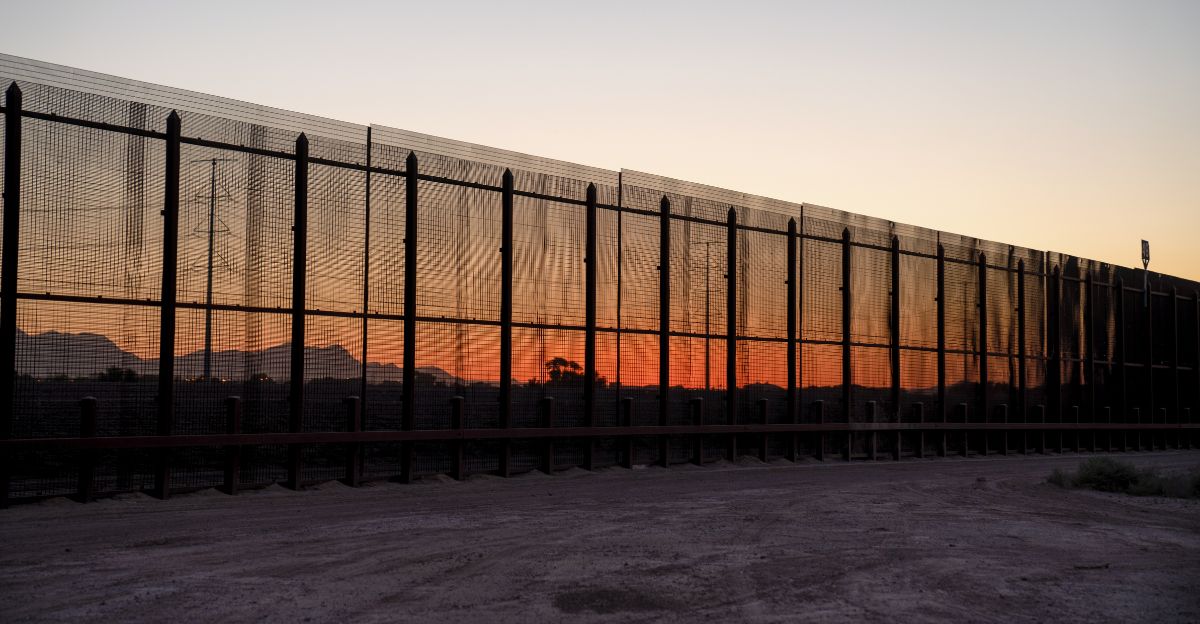
Although the military capability for massive strikes exists, it is blocked by political and diplomatic realities.
Mexico will not allow U.S. soldiers or missiles on their land, and most officials don’t want the U.S. to act alone. Intelligence agencies have the locations of labs and the means to destroy them.
Still, unless Mexico agrees or there is a significant policy change, these capabilities will remain on the sidelines.
Leaders search for new ways to fight the fentanyl crisis, but a cross-border attack is not on the table for now.
Congress Debates Military-Police Power Lines

American lawmakers are still wrestling with how much power the president should have to use military force against foreign cartels.
Some want to make it easier to strike at “terrorists” even outside of war, while others warn that this creates dangerous new loopholes and abuses.
The House Armed Services Committee is considering new laws that would make military action more common against gangsters overseas, but the political future of these bills is uncertain.
Weapons Industry and High-Tech Bomb Development

As tensions rise, U.S. and European defense contractors are working on better tunnel-busting bombs and thermobaric weapons designed to collapse underground bunkers, technologies initially developed for war zones. Some bombs are explicitly made to cut through earth and cement before unleashing massive internal explosions.
The potential use of these weapons in places where civilians might be nearby is concerning to humanitarian organizations, which question the morality and legality of such munitions in the anti-cartel fight.
Social Media Debate Heats Up

Online, the idea of bombing cartel labs gets millions of views as both technical explanations and wild speculations circulate.
While some people share accurate details about how these weapons work, many exaggerate or push fake news about attacks that never happened.
This internet noise can confuse the public, sometimes making it sound like military strikes in Mexico are already underway when such an event would be a significant global crisis.
Why Military Crackdowns Rarely Work Alone
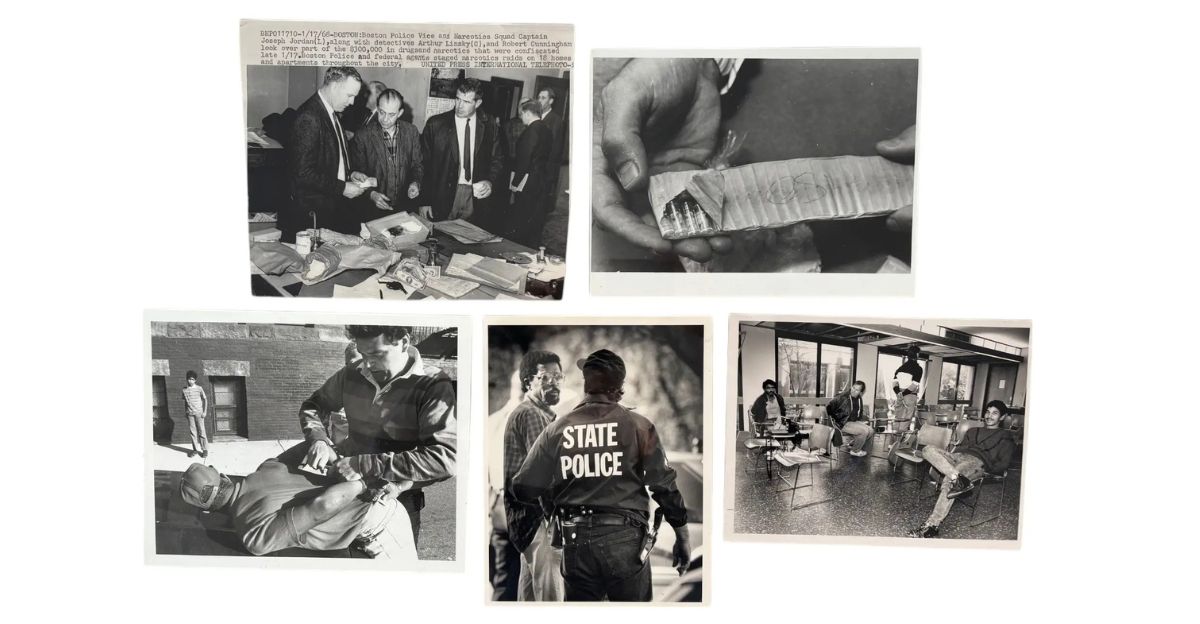
History shows that military raids on drug factories do not simply erase the problem.
In Colombia and Panama, military force could take down a cartel, but usually traffickers just rebuild somewhere else, shifting operations rather than shutting down.
Experts call this the “balloon effect”: squeeze one place, and the problem pops up in another.
In nearly every case, lasting solutions have only come from partnerships with local governments, not outside force alone.
Bombs Aren’t Likely, Real Solutions Are Complex

While advanced bombs could flatten cartel labs in theory, politics, international law, and genuine concern about unleashing more chaos keep the U.S. and Mexico locked in a stalemate.
The videos depicting lab-busting bombings are only ideas, not plans. American leaders have the weapons and intelligence to strike, but not the diplomatic freedom.
Ultimately, the crisis will require more than just military might; it demands strong cross-border cooperation, smarter law enforcement, and solutions that address the roots of the drug trade, complex challenges with no easy or explosive answer.